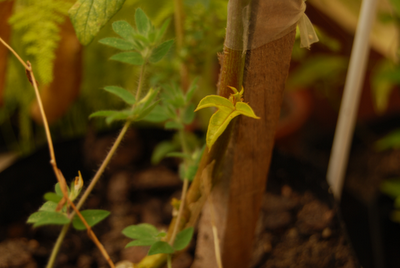 They are simply made by cooking the sliced carrots until soft, and then frying them and fresh parsely in butter. If you're feeling tempted, add about two teaspoons of sugar to the cooking water, and maybe a pinch while they're frying lightly.
They are simply made by cooking the sliced carrots until soft, and then frying them and fresh parsely in butter. If you're feeling tempted, add about two teaspoons of sugar to the cooking water, and maybe a pinch while they're frying lightly.This meal is of the quicker sort, and a good way to make sure that you eat enough carrots. It made a great addition to our lovely Sunday lunch of Trout from Woolies, brie, toasted sourdough
olive bread and a crude cucumber 'salad'.

As an aside, I would like to amke note of a real cucumber salad I made a while back. I soaked some freshly sliced cucumber in the brine of gerkhins, added some thinly sliced gerkhins, a splash of vinegar, small pinch of salt and a rather generous amount of black pepper. Letting it stand for a while means that the cucumber becomes slightly pickled.


 Here's some useful info on carrots:
Here's some useful info on carrots:- It can increase tomatoe fruit if planted with tomatoes.
- If left to flower, it makes lovely white flowers, much like those of cow parsley and cariander, which attracts wasps that kill other pests.
- The leaves are edible.
- They come in white, yellow, red, and purple
- carrots are full of dietary fibre, minerals, vitamin A and antioxidants, but the beta-carotene can turn your skin slightly orange if you eat too many - apparently.
- Carrots don't really increase your ability to see in the dark: "The legend arose during the Battle of Britain when the RAF circulated a story about their pilots' carrot consumption as an attempt to cover up the discovery and effective use of radar technologies in engaging enemy planes, as well as the use of red light (which does not destroy night vision) in aircraft instruments.[4][5] '
The map and badge picture are from Wikipedia, where you can learn more about Vichy; http://en.wikipedia.org/wiki/Vichy
And to learn more about Carrots: http://en.wikipedia.org/wiki/Carrots
 ight have mentioned that
ight have mentioned that 










